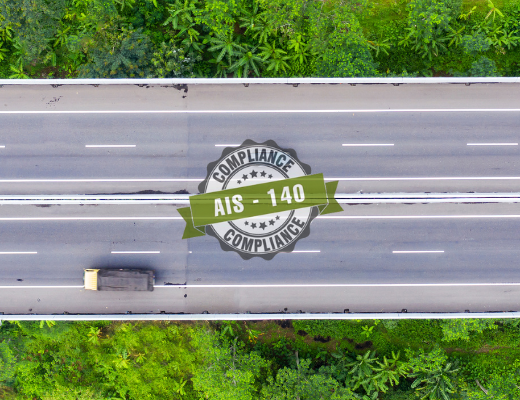The technology for payment within a vehicle is advancing rapidly, mainly due to the increase in autonomous vehicles and the expansion of the electric vehicle market. This innovative concept is revolutionizing the way we manage transactions while on the road, and it has the potential to be a game-changer.
The Rise of In-Vehicle Payments
In-vehicle payment technology is becoming increasingly important with the advent of autonomous cars and the thriving electric vehicle industry. Original equipment manufacturers (OEMs) equip these advanced vehicles with intelligent solutions. Successful partnerships between car manufacturers and service providers worldwide meet customers’ and the market’s changing needs and expectations.
Seamless Transactions at Your Fingertips
The innovative solution uses a vehicle’s infotainment system and smart mobile connectivity to enable payment for a wide range of services through simple voice commands. Although the technology is not widely accepted yet, and only a few scattered use cases exist, it shows great potential to revolutionize toll payments. With more automobile companies and OEMs entering this field, in-vehicle payments are gaining momentum.
The Key Advantages of In-Vehicle Payments
Here are some of the key benefits associated with in-vehicle payment technology:
- Streamlined Toll Collection: With in-vehicle payments, you can easily pay tolls without needing separate devices or stickers. This makes toll collection a hassle-free experience.
- Bank Integration: By linking vehicles to users’ bank accounts through OEM platforms, payment processes can be significantly simplified. This approach is highly effective and efficient in streamlining payment procedures, ensuring smooth and hassle-free transactions.
- Inbuilt Payment Systems: Say goodbye to the hassle of downloading separate mobile apps or accessing portals for toll and vehicle payments. With an in-vehicle payment system, you can make payments with ease and confidence without worrying about the inconvenience of using multiple platforms.
Challenges and Considerations
While in-vehicle payment technology holds immense promise, there are certain challenges and considerations:
- Regulatory Hurdles: Navigating the regulatory challenges that arise as vehicle manufacturers access transaction data will be crucial for the industry’s growth and success.
- Data Security: Integrating payment systems into vehicles has raised valid concerns regarding data privacy and the risk of fraud or data breaches. However, by addressing these concerns head-on, one can confidently ensure this technology’s success.
In summary, the technology for making payments while driving is on the verge of changing how we handle road transactions. With smooth and effortless transactions, bank integration, and built-in payment systems, it offers numerous advantages that have the potential to revolutionize the driving experience. However, it is crucial to address regulatory challenges and ensure robust data security to harness the full potential of this groundbreaking technology. As in-vehicle payments evolve, they are expected to become essential to the automotive landscape. Stay tuned for more exciting developments in this space!



